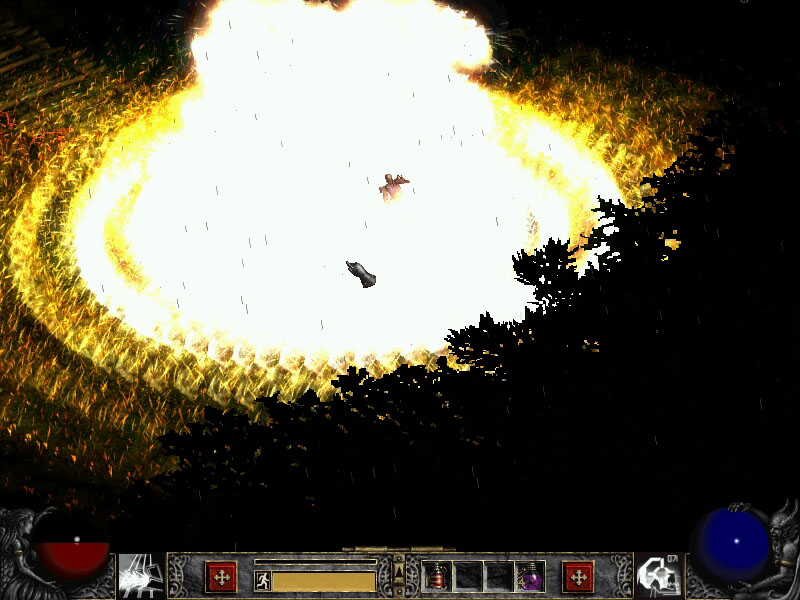
She was the patron deity of the seventh nome of Upper Egypt, and was also the deification of the cosmos within Egyptian mythology during the pre-dynastic and Old Kingdom periods of Ancient Egyptian history. The serekh on each side are flanked by a pair of bovine heads with highly curved horns, thought to represent the cow goddess Bat. At the top of both sides are the central serekhs bearing the rebus symbols n'r (catfish) and mr (chisel) inside, being the phonetic representation of Narmer's name. It has the Journal d'Entrée number JE32169 and the Catalogue Général number CG14716.Įarly hieroglyphic symbols on the Narmer Paletteīoth sides of the Palette are decorated, carved in raised relief. It is one of the initial exhibits which visitors have been able to see when entering the museum. The Narmer Palette is part of the permanent collection of the Egyptian Museum in Cairo. One theory is that it was used to grind cosmetics to adorn the statues of the deities. Palettes were typically used for grinding cosmetics, but this palette is too large and heavy (and elaborate) to have been created for personal use and was probably a ritual or votive object, specifically made for donation to, or use in, a temple.

Hierakonpolis's religious importance continued long after its political role had declined. Nekhen, or Hierakonpolis, was one of four power centers in Upper Egypt that preceded the consolidation of Upper Egypt at the end of the Naqada III period. It has been suggested that these objects were royal donations made to the temple. In fact, Green's report placed the Palette in a different layer one or two yards away from the deposit, which is considered to be more accurate on the basis of the original excavation notes. The exact place and circumstances of these finds were not recorded very clearly by Quibell and Green. Also found at this dig were the Narmer Macehead and the Scorpion Macehead. Green, in what they called the Main Deposit in the Temple of Horus at Nekhen, during the dig season of 1897–98. The Palette, which has survived five millennia in almost perfect condition, was discovered by British archeologists James E.

The Egyptologist Bob Brier has referred to the Narmer Palette as "the first historical document in the world". The Palette shows many of the classic conventions of Ancient Egyptian art, which must already have been formalized by the time of the Palette's creation. Along with the Scorpion Macehead and the Narmer Maceheads, also found together in the main deposit at Nekhen, the Narmer Palette provides one of the earliest known depictions of an Egyptian king. On one side, the king is depicted with the bulbed White Crown of Upper (southern) Egypt, and the other side depicts the king wearing the level Red Crown of Lower (northern) Egypt. The tablet is thought by some to depict the unification of Upper and Lower Egypt under the king Narmer. It contains some of the earliest hieroglyphic inscriptions ever found.

The Narmer Palette, also known as the Great Hierakonpolis Palette or the Palette of Narmer, is a significant Egyptian archeological find, dating from about the 31st century BC, belonging, at least nominally, to the category of cosmetic palettes.


 0 kommentar(er)
0 kommentar(er)
